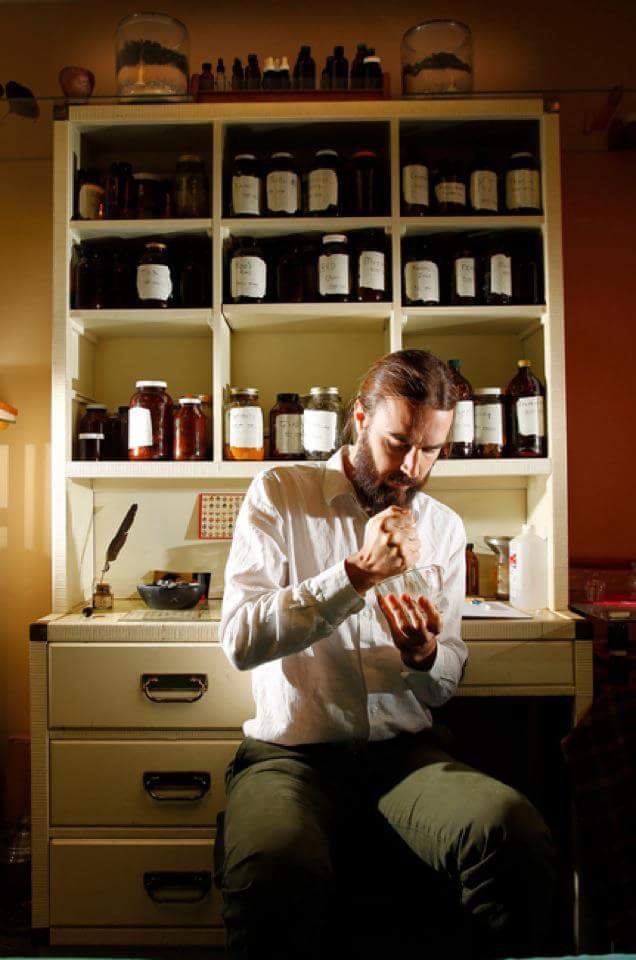This episode takes us to the woods of Eastern Kentucky, to meet some spring wildflowers.
All posts by bentley@consultant.com
The Medicine Show #2– Cacao
This episode of the medicine show is about Chocolate: familiar to most in its processed form, but not as widely understood as a living plant.
The Medicine Show #1
This is a new video series i am making, about herbal medicine and social issues related to health. Please watch, and if you like it, tell your friends.
Living with Lyme
(these are notes from a presentation given on may 8, 2018)
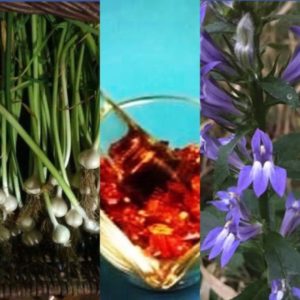
Garlic, Cayenne, and Lobelia
Living with Lyme & Herbal Healing
Notes from a class given on May 8, 2018
Assessment, with a view towards recognizing what phase of living with Lyme is relevant for a particular person, is the first step in building a treatment plan for that individual. In my practice, this involves taking a thorough history; observation of physical signs such as pulses, presence of trigger points, etc.; and microscopy, t see what the immune system (and potentially the infection) is doing at a cellular level.
The following categories or “phases” are meant as descriptions of different levels of impact that lyme haas or is having on different people. These are my own descriptions, not part of any widely used system.
0– Borrelia and associated pathogens in the environment, but not in the body.
1– Exposed to pathogens (e.g. bitten by a tick) but no symptoms.
2– Early stage symptoms which may (or may not) include bulls eye rash, maculopapular rash, muscle aches, stiffness, fever, fatigue.
3– long term Neurological, immunological, and endocrine effects, plus any or all of the above
3+ — Layering of risk with subsequent exposures and tendency towards worse outcomes in other conditions or upon re-exposure, plus any or all of the above
Microscopy: In my practice i use brightfield microscopy to look at the general health of red and white blood cells; darkfield microscopy for imaging spirochetes (generally only possible in phases 1 and 2 above) and a saline prep/polarized light technique to look at spirochetes and co-infectious pathogens such as babesia.
Herbal support depends on individual presentation and where in the process of exposure/infection/recovery someone might be. What follows are some of the things i frequently find helpful.
0. Protective clothing, frequent checking for ticks, and safe removal practices when they are found.
1. Post-exposure prophylaxis. I have used (for myself and patients) artemisia annua and myrrh as an internal remedy in cases where a bite has occurred. Artemesinin is a known anti-spirochete remedy, and myrrh has broad spectrum antiinfective properties.
2. In early symptomatic people, strengthening the immune system with tonic remedies such as Reishi and Usnea, while destroying pathogens with remedies like the myrrh and artemisia. In this the combination of garlic, cayenne, and lobelia (which promote eliminative processes and have antiinfective properties) is often very helpful as well.
3. In longer term cases, the garlic, cayenne, and lobelia compound forms a good starting point for helping the body process and eliminate any ongoing products of infection. It is in principle not possible to be completely certain that all pathogens are gone from the body, though they may appear to be.
In this stage, impacted systems, especially the nervous system but also the endocrine system (hormones, blood sugar, thyroid function and metabolism) and the immune system, must be supported and repaired as necessary using nutrition and herbal remedies appropriate to them.
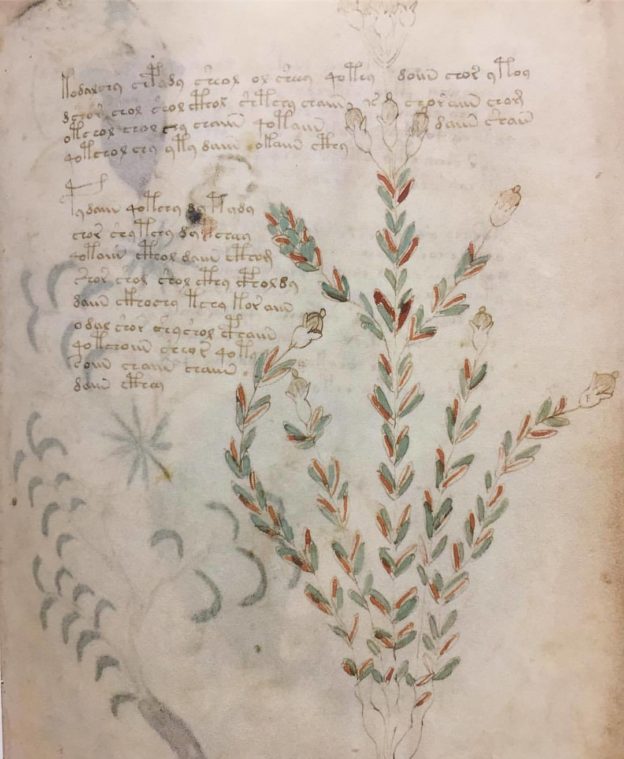
Opioid Cessation with St Johnswort
An Interventional Case Series
Andrew Bentley, Clinical Herbalist
Lexington, Ky
Background:
Opioid use and addiction is a prevalent public health problem. In 2015, over 2.5 million people in the United states had an opioid addiction. Deaths from opioid overdose have quadrupled since 1999, exceeding 50,000 in the US in 2015 (CDC 2016). Less well-measured are the indirect tolls these millions of cases of addiction take, on the lives of those addicted, their families, and their communities. Heroin has seen a resurgence in popularity during this time, being frequently used by those who have previously become addicted to prescription drugs for pain.
Opioid drugs, as a class, are substances chemically related to, and able to interact with the receptors for, endogenous opioids in the nervous system. They tend to produce feelings of pleasure and decrease pain response. In an individual with elevated levels of opioids in their system, the nervous system may produce more opioid receptors, leading to a situation of chemical dependence (Trescott et al, 2008). Cessation of opioids often results in a crushing sense of depression and isolation, as well as physical pain.
Hypericum perforatum (St Johnswort) is an herb commonly used to stabilize and elevate mood (i.e. as an antidepressant). It is generally well tolerated (Knuppel 2005), and is known to strongly induce the Cytochrome P450 3a4 (CYP3a4) pathway (Wang et al., 2001), speeding up the metabolism of many substances including opioids, thereby decreasing the concentration and activity of those substances in the body.
Due to the pharmacodynamics of St Johnswort and opioids, and the fact that opiate withdrawal often involves emotional symptoms similar to those for which St Johnswort is used, it was hypothesized that St Johnswort could help to facilitate withdrawal from opiates, by clearing the substances from the body as well as decreasing the intensity of the withdrawal symptoms.
Process:
Individuals who were considered candidates for this treatment (n=130) were all those presenting at the author’s clinical practice between 2004 and 2016 who were attempting or interested in attempting to cease the use of opioid drugs, and who were not taking any other medications known to be metabolized by the CYP3a4 pathway. The St Johnswort extract used was made using a standard 5:1 ratio of 50% alcohol to dried herb. A loading dose was given of 5ml. extract 3x/day for the first week, followed by a maintenance dose of 5 ml./day for 1-6 months (median 3 months). Other supportive measures were used as appropriate, including non-opioid herbs for management of pain, laxatives, and referral to counseling.
Results:
Out of 130 cases, 4 (3%) were lost to follow-up, and 6 (4.6%) were unsuccessful in initially ceasing use of opioids. 120 (92.3%) reported complete cessation of opioid use by the end of week one and reported no return to opioid use as of the end of week 5. 83 individuals (63.8%) reported no return to the use of opioids at six months’ follow-up. Of the 37 individuals (28.5%) who had resumed opioid use by six months, 25 (67.6%) successfully quit after a second round of the above-described process.
Conclusion:
St Johnswort extract appears, based on the limited information provided by this interventional case series, to have the potential to aid and support individuals who are attempting to cease use of opioid drugs, when used as part of a treatment strategy addressing both causes and outcomes of opioid addiction.
Wide-ranging online data for epidemiologic research (WONDER). Atlanta, GA: CDC, National Center for Health Statistics; 2016. http://wonder.cdc.gov
Trescot, A. M., Datta, S., Lee, M., & Hansen, H. (2008). Opioid pharmacology. Pain physician, 11(2 Suppl), S133-53.
Linde K, Knuppel L. Large-scale observational studies of hypericum extracts in patients with depressive disorders: a systematic review. Phytomedicine 2005; 12(1-2): 148-157
Wang, Z., Gorski, J. C., Hamman, M. A., Huang, S.-M., Lesko, L. J. and Hall, S. D. (2001), The effects of St John’s wort (Hypericum perforatum) on human cytochrome P450 activity. Clinical Pharmacology & Therapeutics, 70: 317–326.
Aralia
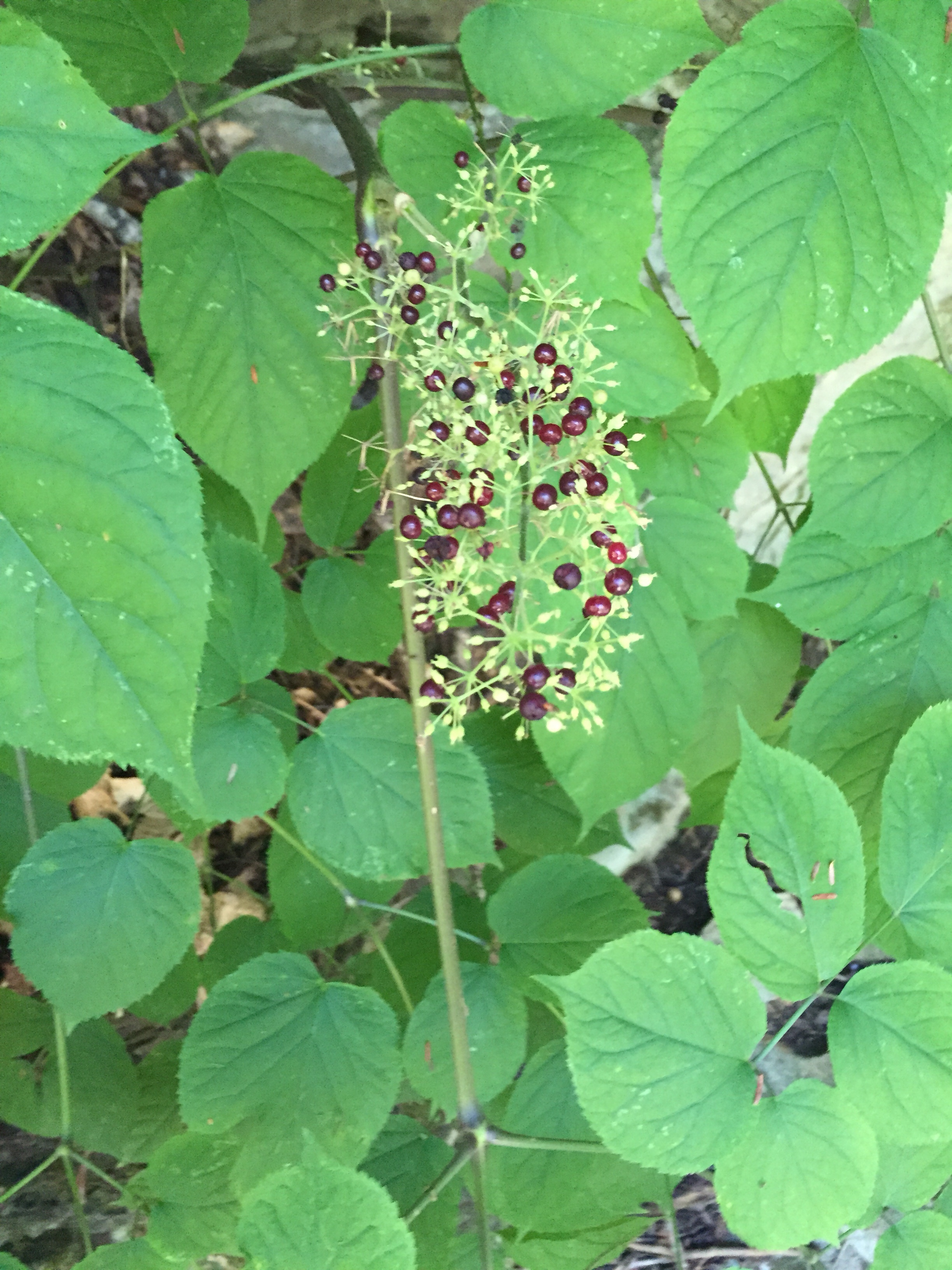
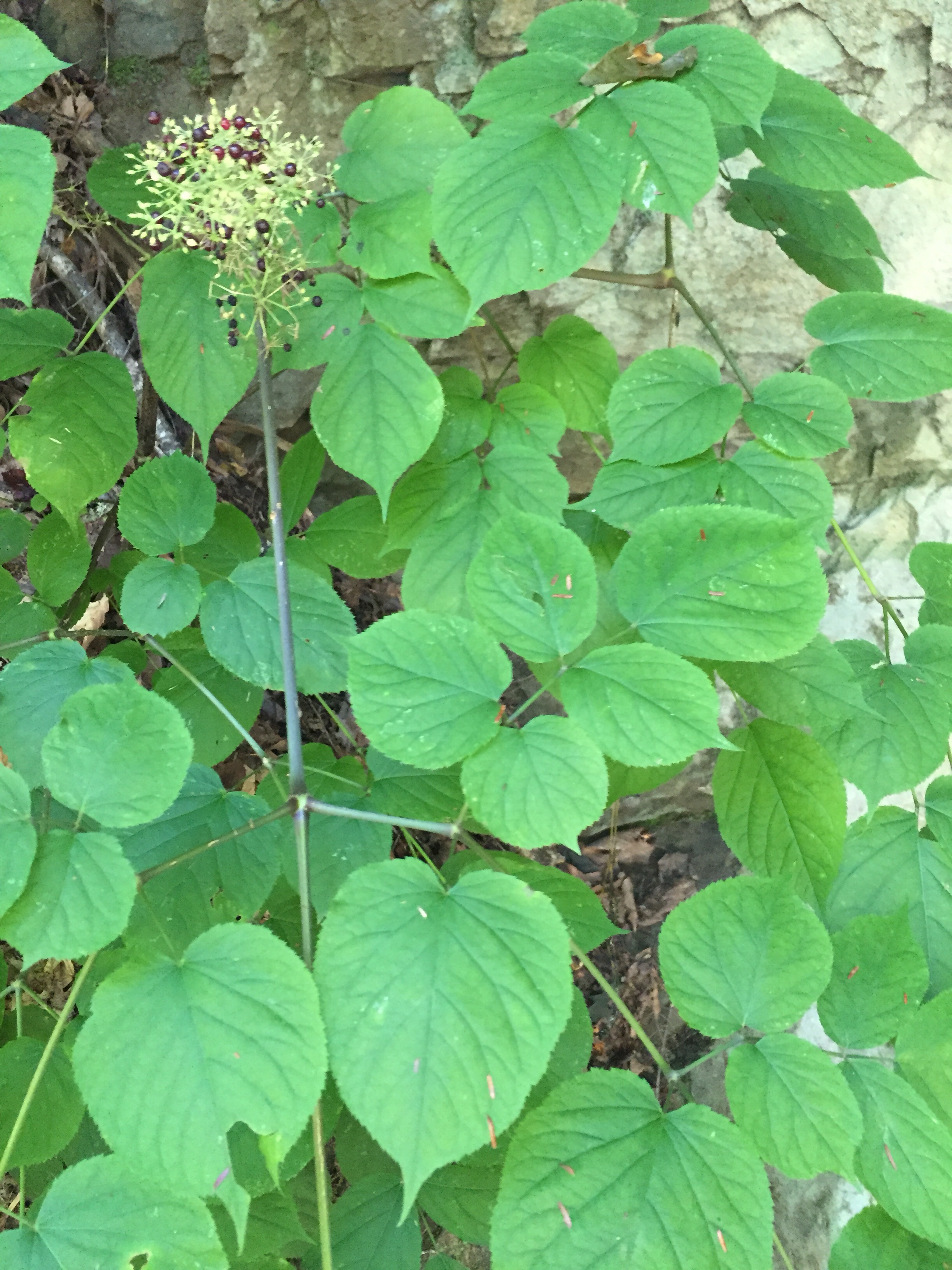 Aralia racemosa (and aralia nudicaulis) are plants that grow in the woods around here, and are used in the traditional medicine of eastern Kentucky. The plant is known inEnglish as Spikenard, which is the name of an aromatic plant that is mentioned in the bible. The people who gave it this name had never seen Nardostachys (the real spikenard), but they knew its name and were unaccountably fond of naming plants after other plants. Some authors refer to this plant as ‘wild sarsaparilla’ or ‘spiceberry’, which is even worse since the real sarsaparilla (Smilax spp.), which is also wild, grows right next to it in the woods, as does the real spiceberry (Lindera benzoin), which unlike aralia, has spicy berries.
Aralia racemosa (and aralia nudicaulis) are plants that grow in the woods around here, and are used in the traditional medicine of eastern Kentucky. The plant is known inEnglish as Spikenard, which is the name of an aromatic plant that is mentioned in the bible. The people who gave it this name had never seen Nardostachys (the real spikenard), but they knew its name and were unaccountably fond of naming plants after other plants. Some authors refer to this plant as ‘wild sarsaparilla’ or ‘spiceberry’, which is even worse since the real sarsaparilla (Smilax spp.), which is also wild, grows right next to it in the woods, as does the real spiceberry (Lindera benzoin), which unlike aralia, has spicy berries.
.
.
.
Traditionally, aralia is used as a tonic, something like what the modern herb industry might call an adaptogen. More specifically, it is used to improve digestion and availability of energy, and is often considered to be a little bit helpful for most things. Pharmacologically, it contains steroidal saponosides, which may improve the feeling of alertness while reducing a wide variety of inflammation-related symptoms, and aromatic acids which might improve secretion of digestive juices. It also contains dozens if not hundreds of other compounds, some well known from other plants, many of them little studied or understood.
.
.
.
In my practice, i usually use this plant (specifically an extract from the root) along with other plants to help support the endocrine system. Like most of our alkaloid-rich woodland roots, it’s not generally for use during pregnancy, though it can have a role in promoting fertility and in supporting labour.
Pepper
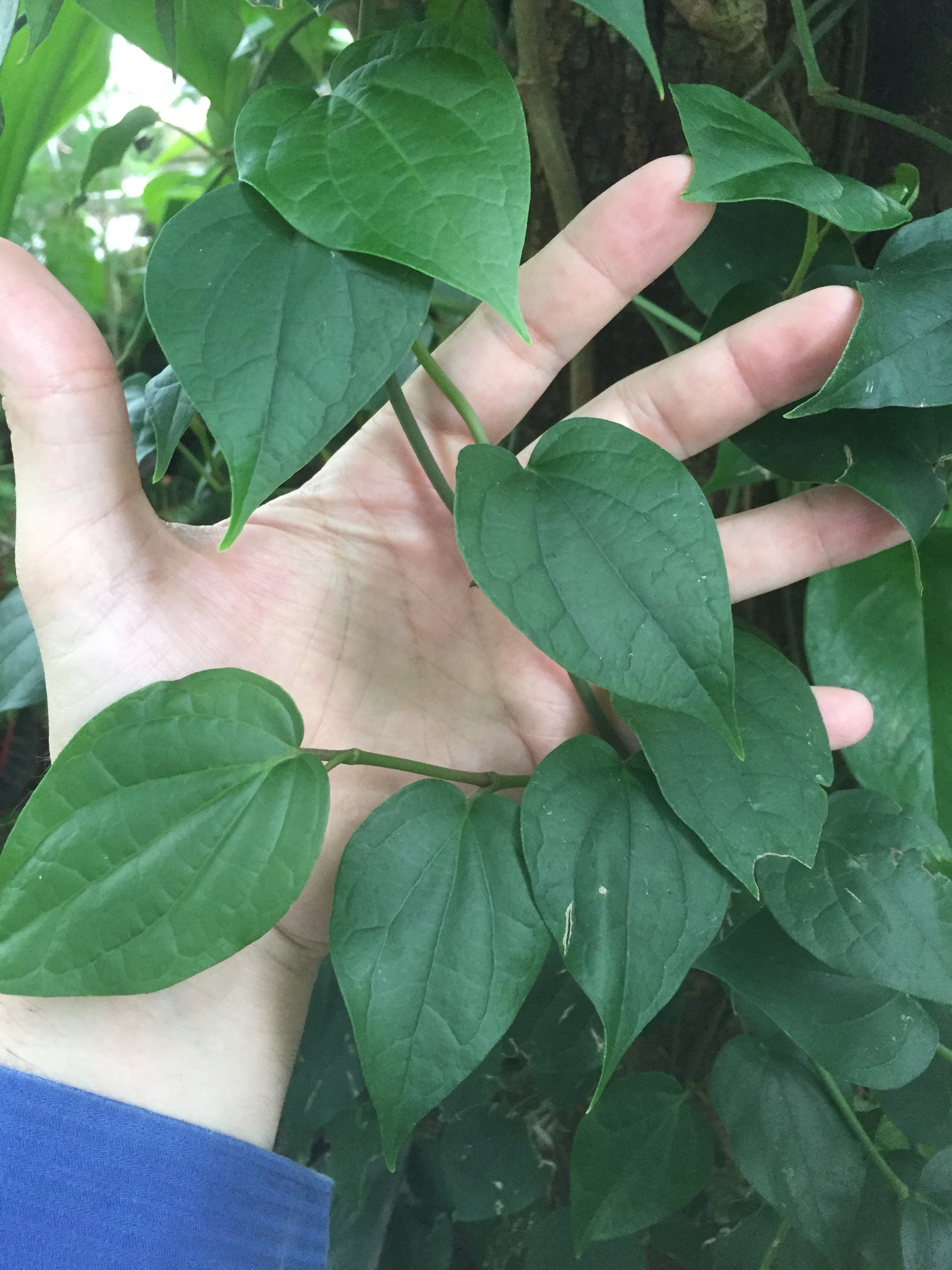
Around here, black pepper is the most ubiquitous of spices, but we seldom if ever see the vine that it grows upon. In the esrly fifth century, Alaric and his Visigoths besieged rome and demanded a ransom that included, among other treasures, a large quantity of black pepper. His victory was one of the events that contributed to the decline and fall of Rome.
.
.
Pepper was known to ancient Europeans centuries before that, and was cultivated and used medicinally in India since before people started writing things down.
.
.
.
Medicinally, it promotes digestion, and promotes movement of fluids in the body. We’ve all noticed that it can make you sneeze, which is part of its decongestant and expectorant porperty. Topically, an oil made from pepper can promote healing of old sores. Internally, it can promote sweating and help to reduce fevers.
.
.
.
Still stalking that wild asparagus.
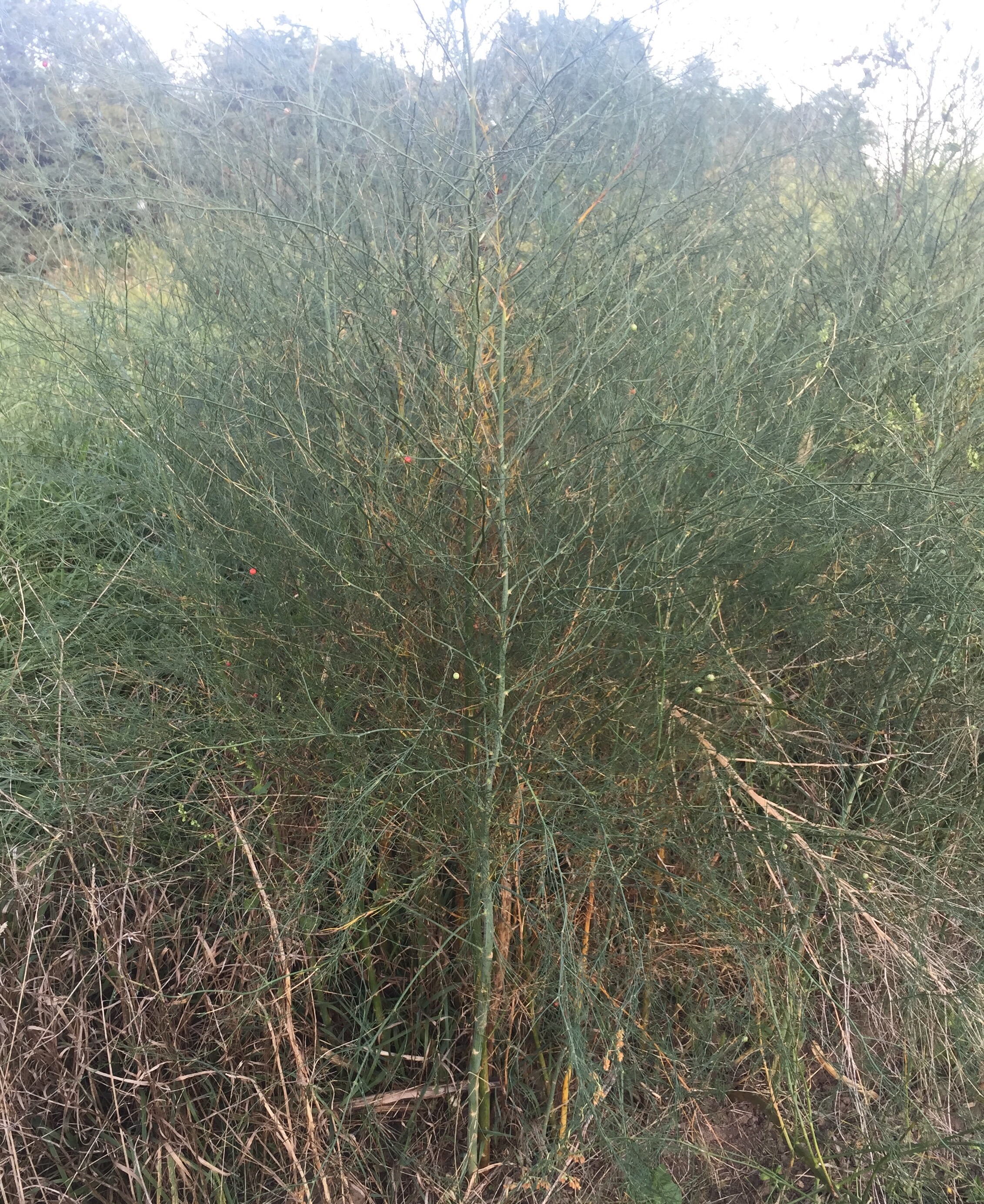 Wild asparagus (Asparagus officinalis, et species) is the same plant as garden asparagus. It will grow where it is planted for decades if the growing conditions are good, and those little red berries contain seeds that can be distributed by birds. I have found it on Islands in the Little Missouri river, long-abandoned farmsteads in appalachia, the Badlands of the Dakotas, and many other places besides.
Wild asparagus (Asparagus officinalis, et species) is the same plant as garden asparagus. It will grow where it is planted for decades if the growing conditions are good, and those little red berries contain seeds that can be distributed by birds. I have found it on Islands in the Little Missouri river, long-abandoned farmsteads in appalachia, the Badlands of the Dakotas, and many other places besides.
I grew up gathering wild food as part of my family’s diet, and wild asparagus was a particular treat to find, a couple times a year. I had two different places that i would frequently check for it, which both cropped at the same time. I can vividly remember how proud i felt as a small child when asparagus that i had gathered was part of our family’s dinner.
.
Later, the first book i ever read on wild edibles was called “Stalking the Wild Asparagus” by Euell Gibbons. A good book if you haven’t read it, it helped to make wild edibles part of the ‘back to the land’ concept in the 1960’s.
.
Asparagus is good to eat before the shoot starts branching, when it is 5-10 inches tall. If it’s all tall and feathery like what’s pictured here, you can peel it with a knife (the outside is too fibrous to eat) and eat the inside part. It tastes just like asparagus from the grocery store.
.
The root is the usual part to use medicinally. It is calming to the heart and soothing to the lungs, making it useful for some heart issues and also spastic, irritated, non-productive coughs. A tea made from either the root or the branches is diuretic and slightly laxative, and contains lots of antiinflammatory and chelating sulphur compounds. The entire plant contains inulin, a special starch that helps to nourish beneficial intestinal bacteria.
Article about my Practice from Lexington Herald Leader
Hemlock (Tsuga canadensis)
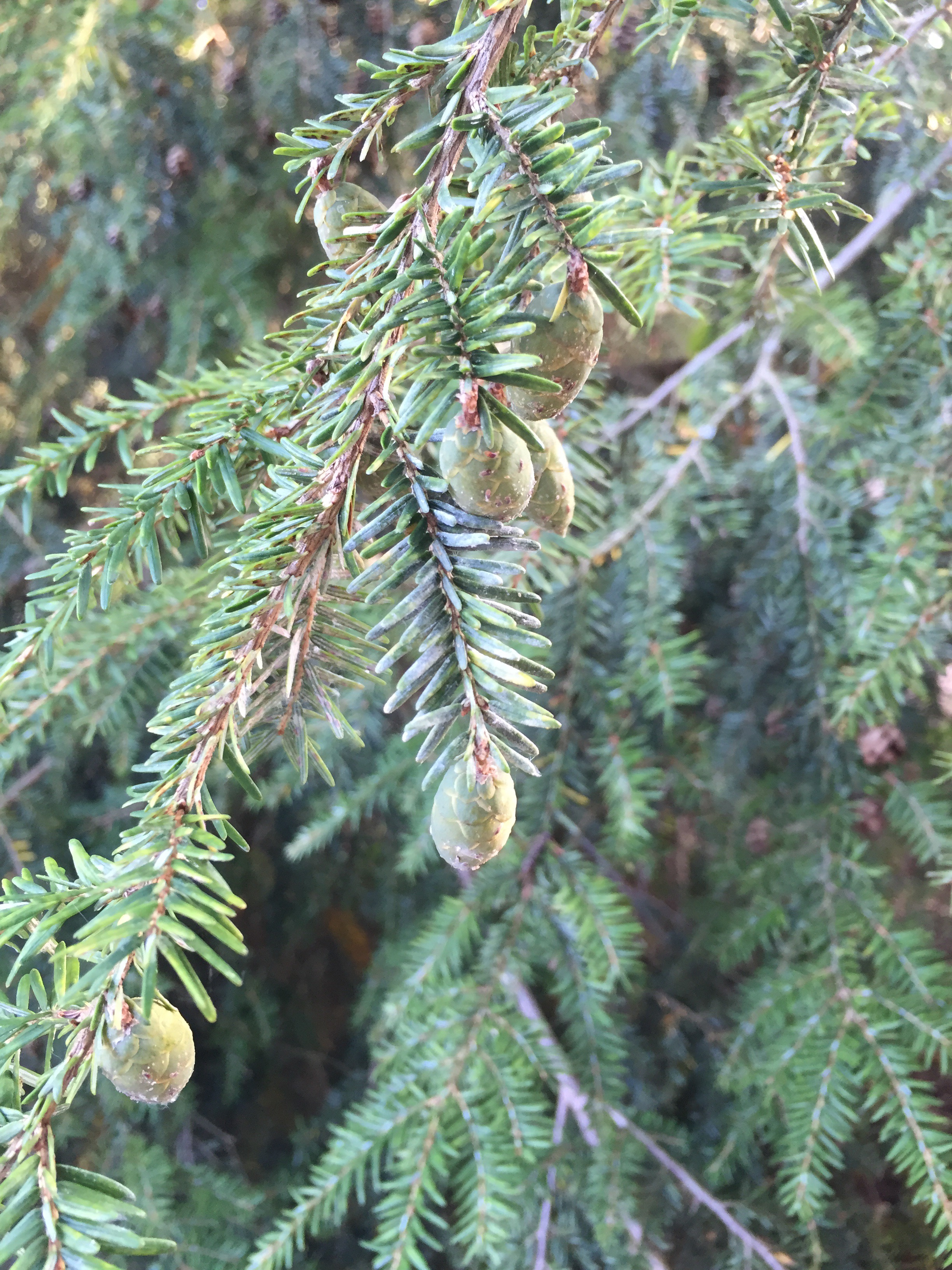
Hemlock tree (Tsuga canadensis). No relation to poison hemlock, which is not a tree and is a flowering plant instead of a conifer.
Tsuga is something that all the older Appalachian herbalists i knew used, but it isn’t a common herb of commerce. The needles are useful as an expectorant and decongestant. The bark is a laxative. The sap can be combined with slippery elm bark to make a stong wound dressing. Tar can be made by burning the branches , and it has its own set of medicinal purposes, sort of an antiinflammatory when used topically.
The leaves can also be burned as a smudge, to break up congestion and prevent contagion. The root inner bark can be used as a bandage, and has very good tensile strength as well as antiseptic properties.
Sadly, the entire world population of this plant is under threat from an insect infestation, and much of it has already died.
